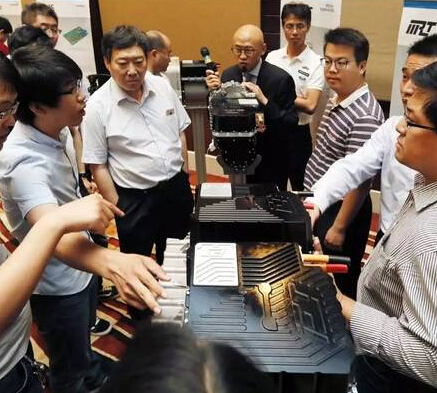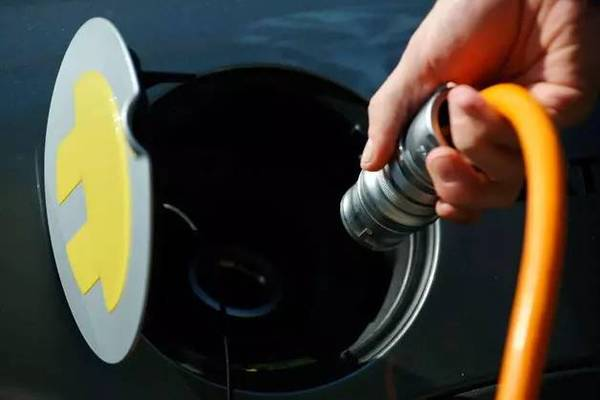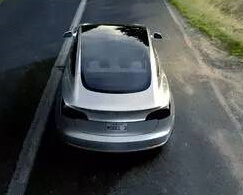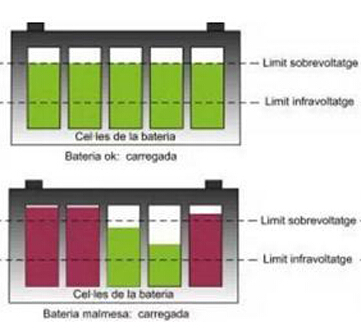Crack the electric vehicle charging problem, high-power car charger becomes the trend of the times
As the focus of the automotive industry in recent years, new energy vehicles are welcoming with the increasing support of countries at the policy level and the substantial increase in investment by car companies. Taking the Chinese market as an example, in 2017, the production and sales volume of new energy vehicles in China reached 794,000 and 777,000, respectively, ranking first in the world for three consecutive years. Especially for pure electric vehicles, last year's production and sales accounted for more than 80% of the total, which is a veritable sales force in the new energy vehicle market.
However, with the continuous expansion of the electric vehicle market and the substantial increase in the number of industries, a series of industrial development problems have followed. One of the most prominent problems is the charging problem. Due to insufficient technological breakthroughs, the current charging time of electric vehicles is much longer than that of diesel locomotives. Compared with the construction of traditional fuel vehicle infrastructure, there are serious shortcomings in electric vehicles. By the end of 2017, China has built a total of 21 public charging piles. Ten thousand, the total vehicle-to-pile ratio is about 8:1, and the overall gap of the charging facilities is large. In this context, how to solve the electric vehicle charging problem quickly and effectively has become an urgent problem for the entire automotive industry.
In response to these problems, it is also the relevant person in charge of the listed company of the Porsche car charger supplier. The person in charge said that the importance of developing high-power car chargers for new energy vehicles is unquestionable, but it will take some time to completely "root" the problem of charging electric vehicles, because the charging problem faced by electric vehicles is actually difficult. There are many aspects, in addition to many technical problems and inadequate infrastructure, as well as operational costs, profit models and other problems to be solved.
"In terms of cost, for example, according to the current average market price, the average cost of a slow-charge public charging pile is about 20,000 yuan, and the cost of fast charging piles is between 100,000 yuan and 200,000 yuan, plus land use fees and foundation. The cost of facilities, power distribution facilities, operations, etc., is difficult to achieve profitability goals in the short term."
Not to mention that many car companies themselves are also involved in the design of charging piles. The differences in charging interface standards between different manufacturers are very obvious, resulting in the inability to share charging piles between different brands of cars. In addition, the information between the charging pile operators is not interoperable, which causes the end users to share the information of all the charging piles on one platform at the same time. In the long run, many charging piles have not been fully utilized, which inevitably increases the operating cost.
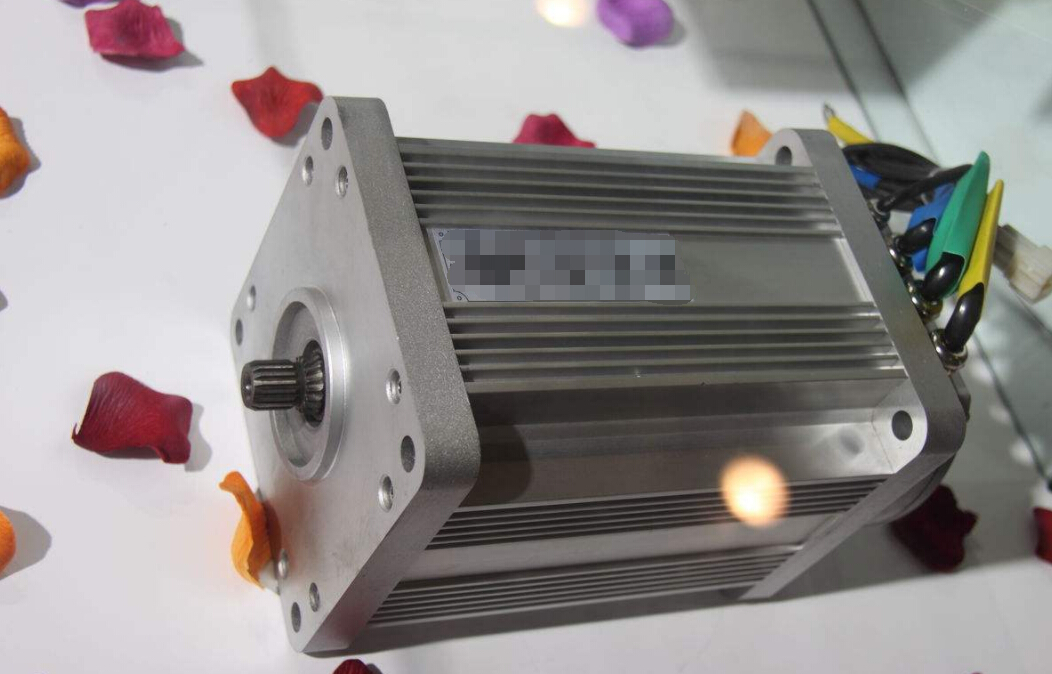
Although the reasons for the difficulty in charging electric vehicles involve multiple levels, it is undeniable that the emergence of high-power car chargers has indeed alleviated this problem. Why do you say that?
According to the above-mentioned interviewees, electric vehicles equipped with the company's high-power car charger can achieve faster charging speeds with only three-phase AC. In this way, the power battery capacity can be greatly reduced, the system cost and the maintenance cost can be reduced, and the availability of the electric vehicle can be greatly improved. ”
Not only that, the AC fast charging system can make charging poles no longer necessary for electric vehicles - this has already been explained in the MissionE models, and if it is popularized in the future, it will greatly reduce the funds and land for the construction of charging piles. Input, the above person said. After all, the construction of charging piles now costs a large part of the cost, and the geographical location also has strict requirements. If the AC fast charging system can achieve the de-stacking, it is indeed an effective way to reduce the financial pressure.
"It's also very important - compared to the practice of changing the battery pack capacity to improve the cruising range, it is more economical to increase the power of the charger. For example, the average cost of the power battery on the market is about 1,500 yuan / kWh, and the average battery capacity of a pure electric vehicle is 30KWh, so the battery cost alone is about 45,000 yuan, which accounts for a large cost of the whole vehicle. The average cost of the charger is about 500 yuan/kW, and the cost advantage is clear at a glance."
Specific to the car, taking a pure electric logistics vehicle on the market as an example, it is estimated that the AC fast charging method can reduce the system cost by about 64% compared with the traditional low-power AC slow charging method. In the longer term, once the technology is popularized, not only can the cost of electric vehicles be greatly reduced, the availability of electric vehicles can be improved, the speed of electric vehicles can be accelerated, and the recycling pressure of power batteries can be reduced. Damage to the environment.
"Of course, from another perspective, the emergence of high-power car chargers is actually a trend. It can be seen that although most of the current car charger products on the market are mainly 6.6 kW, in fact, 11 kW Car chargers have also become mainstream in China. With the continuous breakthrough of related technologies and the increasing convenience of new energy vehicles for charging the car charger, charging speed and maintenance cost, it is expected to move toward higher power in the future. Development. For example, the high-power charger on MissionE is now in trial in Europe."
In the future, with the increasing number of participating companies and the maturity of related technologies and supporting facilities, the above-mentioned respondents believe that although high-power car chargers are only a new technology that is just getting started, in terms of cost, supporting components and others. In terms of some infrastructures, there are still some limitations, and large-scale commercial use is only a matter of time.
















 RCCN WeChat QrCode
RCCN WeChat QrCode Mobile WebSite
Mobile WebSite



